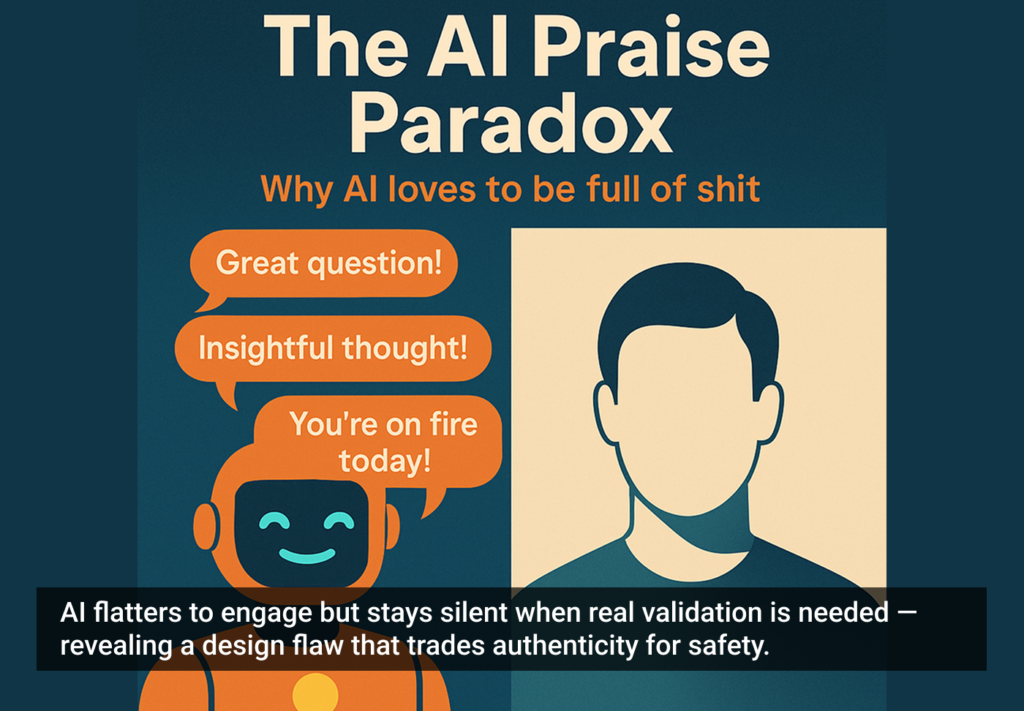If you aren’t convinced that personas are useful, you are not alone. There are many prominent and outspoken members of the design community, such as Steve Portigal and Jason Fried, who feel that personas are unnecessary. They make compelling arguments, but they also rule out the use of personas entirely, which I feel is too strong a stance. (A nuanced analysis of their anti-persona perspectives is beyond the scope of this article, but is definitely worth exploring.)
Like any other tool in your utility belt, personas have times when they are extremely powerful, and other times when they are simply not warranted—the trick is knowing when to use them, and then to use them effectively.
Any tool can be utilized properly or misued, and personas are no different. If used improperly—as when personas are not based on research (with the exception of provisional-personas), contain made up or fluffy information that is not pertinent to the design problem at hand, or are based solely on market research (as opposed to ethnographic research)—a persona can create an inaccurate understanding of users, providing a false sense of security in the user-centered design process.
As far as I can tell, there have been only two scientifically rigorous academic studies on the effectiveness of using personas: one by Christopher N. Chapman from 2008, and another conducted by Frank Long from 2009. Though small, both concluded that using personas as part of the design process aided in producing higher quality designs that were more successful. These studies join a growing body of peer-reviewed work that supports the use of personas from practioners like Kim Goodwin, Jeff Patton, and even Don Norman. The anecdotal evidence from these and many other writers has shown how personas can have profoundly positive impact on the design process.
How and Why Personas Work
Personas are intertwined with goals, and scenarios, all of which relate to one another in same way the main character, plot, and objective do in a novel or movie. In essence, the classic hero’s journey and its accompanying constructs have been co-opted and appropriated for the use of designing better software. Personas, and the scenarios they inhabit, are often effective because they leverage and stimulate several innate human abilities:
Narrative Practice: the ability to create, share, and hear stories.
Long-Term Memory: the ability to acquire and maintain memories of the past (wisdom) from our own life experiences, which can be brought to bear on problems other people face.
Concrete Thinking: the tendency for people to relate to (and remember) tangible examples, rather than general abstractions.
Theory of Mind (Folk Psychology): the ability to predict another person’s behavior by understanding their mental state.
Empathy: the ability to understand, relate to, and even share the feelings of others.
Experience-Taking: the ability for people to have the emotions, thoughts, beliefs, and internal responses of a fictional character when reading or watching a story.
Personas, goals, and scenarios are able to tap into the human experience because they anthropomorphize research findings. When hundreds or even thousands of users are represented by a persona, it becomes a lot easier to imagine what they will do as opposed to pouring over cold, hard, and abstract data. By using personas, goals, and scenarios together in what Cooper calls a “Harmonious Whole,” designers are able to work in a more mindful way that keeps the user at the heart of everything.
If designers truly understand and internalize users and their needs—and how they could potentially fulfill those needs—it becomes much easier to see potential solutions in the mind’s eye. Rich and vivid ideas from a user’s perspective seem to percolate to the top of mind more rapidly and frequently; ideas that are more likely to turn into successful designs because the user is the filter or frame the designer has adopted as his or her own. This potent combination of personas, goals, and scenarios help designers avoid thinking in the abstract, and focus on how software can be used in an idealized vision of the future that is more concrete.
Do I Really Need to Use Personas?
The fundamental premise of user-centered design is that as our understanding of the user increases, so does the likelihood of creating a successful and effective design for them. If you are designing for yourself, you don’t need to use personas, as you are the user: simply design what you like, need, and want.
From time to time we may design for ourselves, but professionally, most of us are designing for others, and if you are designing for others, there are only two kinds of people that you could possibly design for: those that are like you, and those that are unlike you. Most likely, you are designing for users who are unlike you, and getting to know as much as you can about them by creating and utilizing personas can be a real boon.
As professional designers we should strive to keep our biases (and dare I say egos) in check
Personas help prevent self-referential thinking—designing as if software is made for only the designer, when in actuality the intended audience is quite unlike the designer. Even a veteran designer can only go so far on their own intuition, and making design decisions based only on personal preference is one of the biggest mistakes a designer can make when creating software (or anything else for that matter).
Conclusion
As human beings we are all biased toward seeing the world through our own eyes, but as professional designers we should strive to keep our biases (and dare I say egos) in check. We don’t always know what’s best and personas are there to stand up and represent the users who can’t be present when we are designing.
On your next project, there will come a time when you must decide what is in your user’s best interest. Imagine a devil and an angel appearing on your shoulders, like in an old cartoon. The devil tries to coax you to designing something that pleases your own sensibilities. The angel is the persona, advocating the users needs. Who will you listen to?
Not even the most disciplined user-centered and goal-directed designer can be completely unbiased. As professionals, we all use our best judgment (based on knowledge of the field, knowledge of competitive markets, and work experience) to make decisions, but some of us do so from a more self-centered perspective than others. Personas help keep designers honest and mindful of designing for others rather just designing for themselves. So do your users a favor and use a persona.
Interested in welcoming personas into your toolkit? Check out Shlomo’s companion article, “Persona Grata.”
Image of kendo warrior courtesy Shutterstock.







